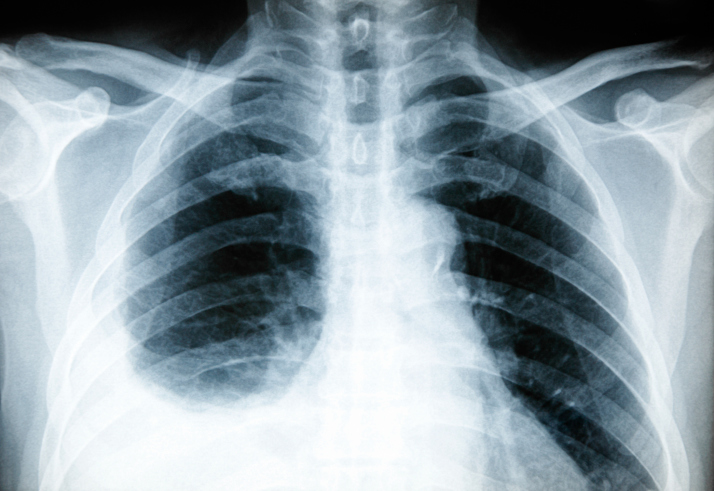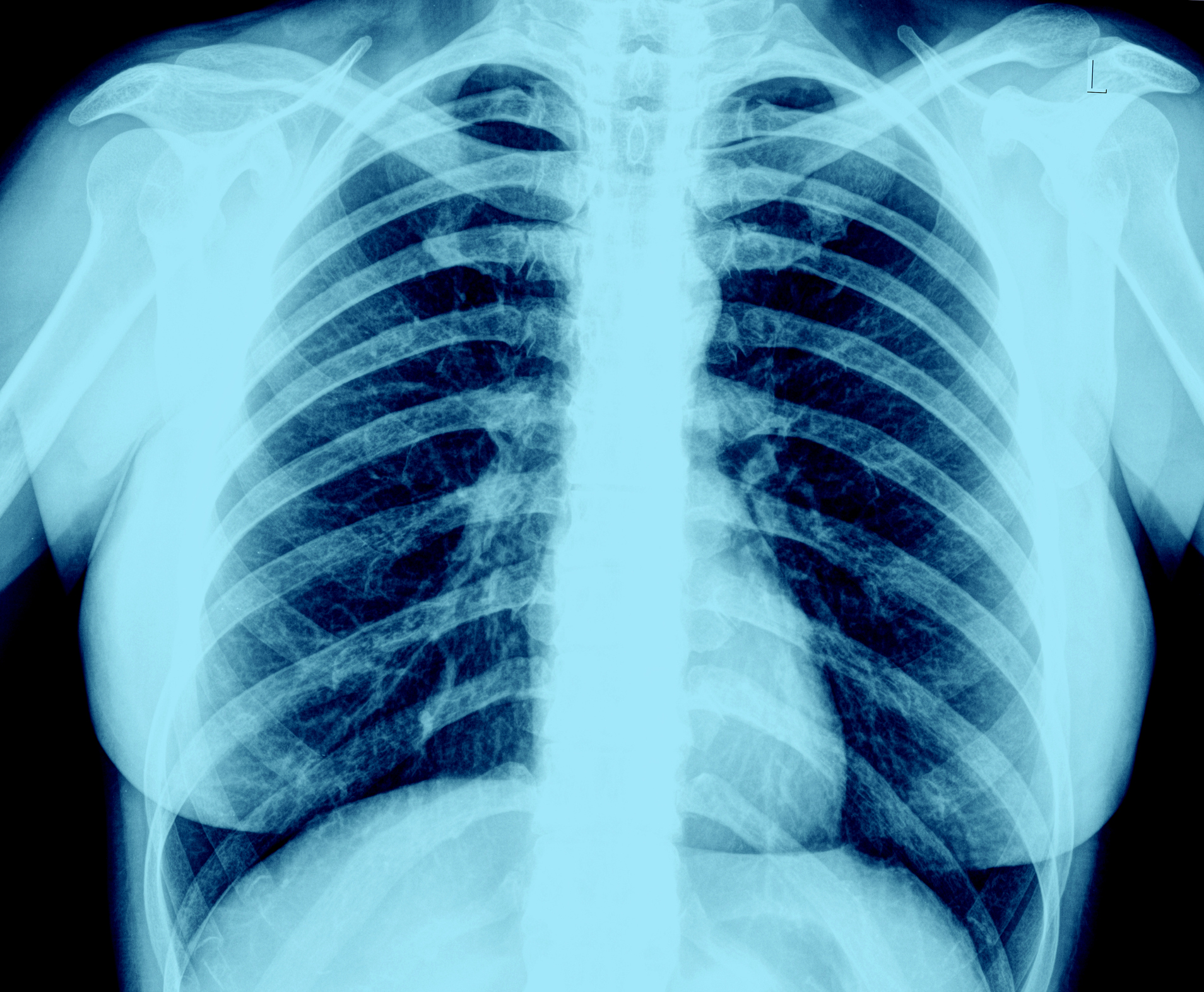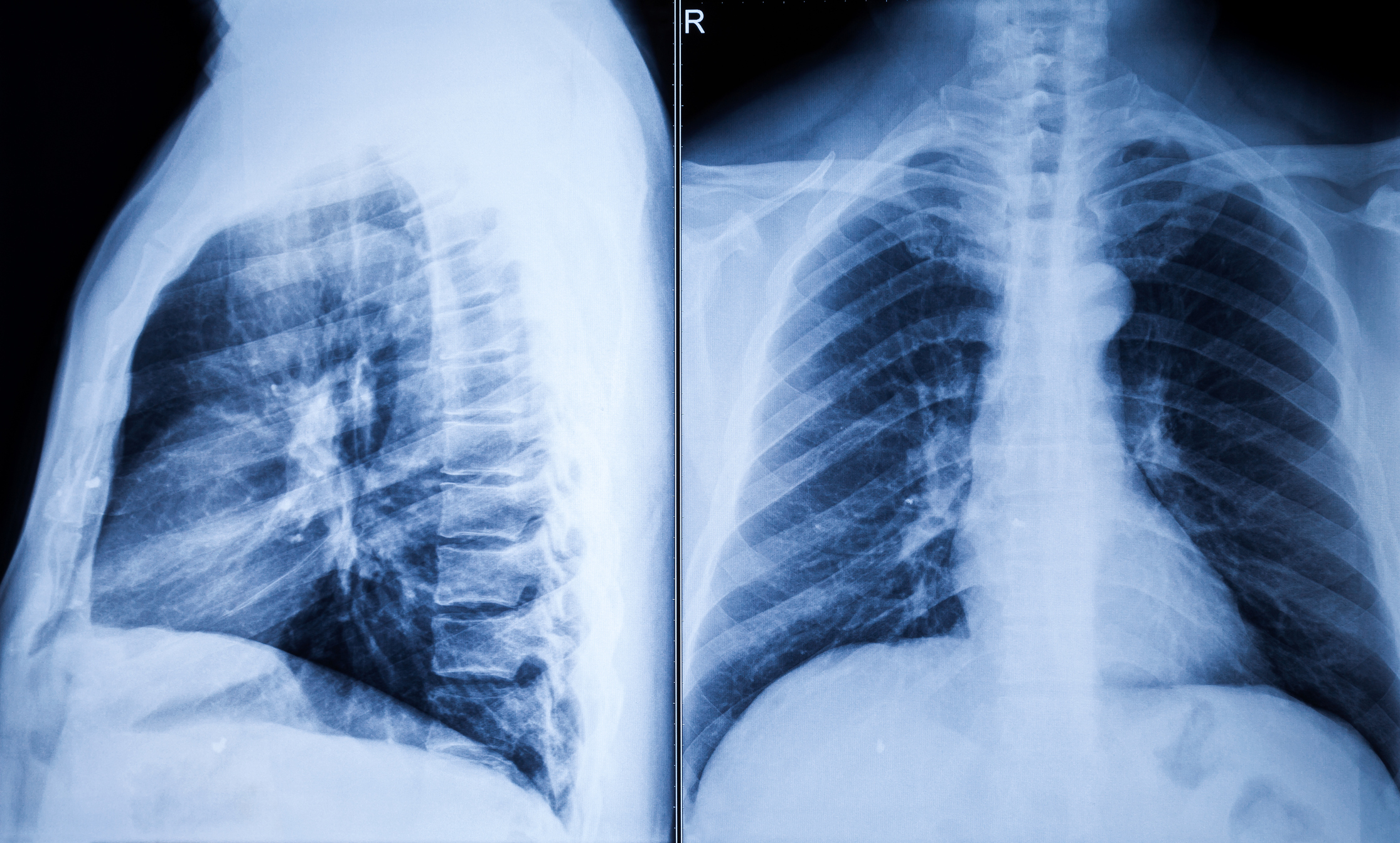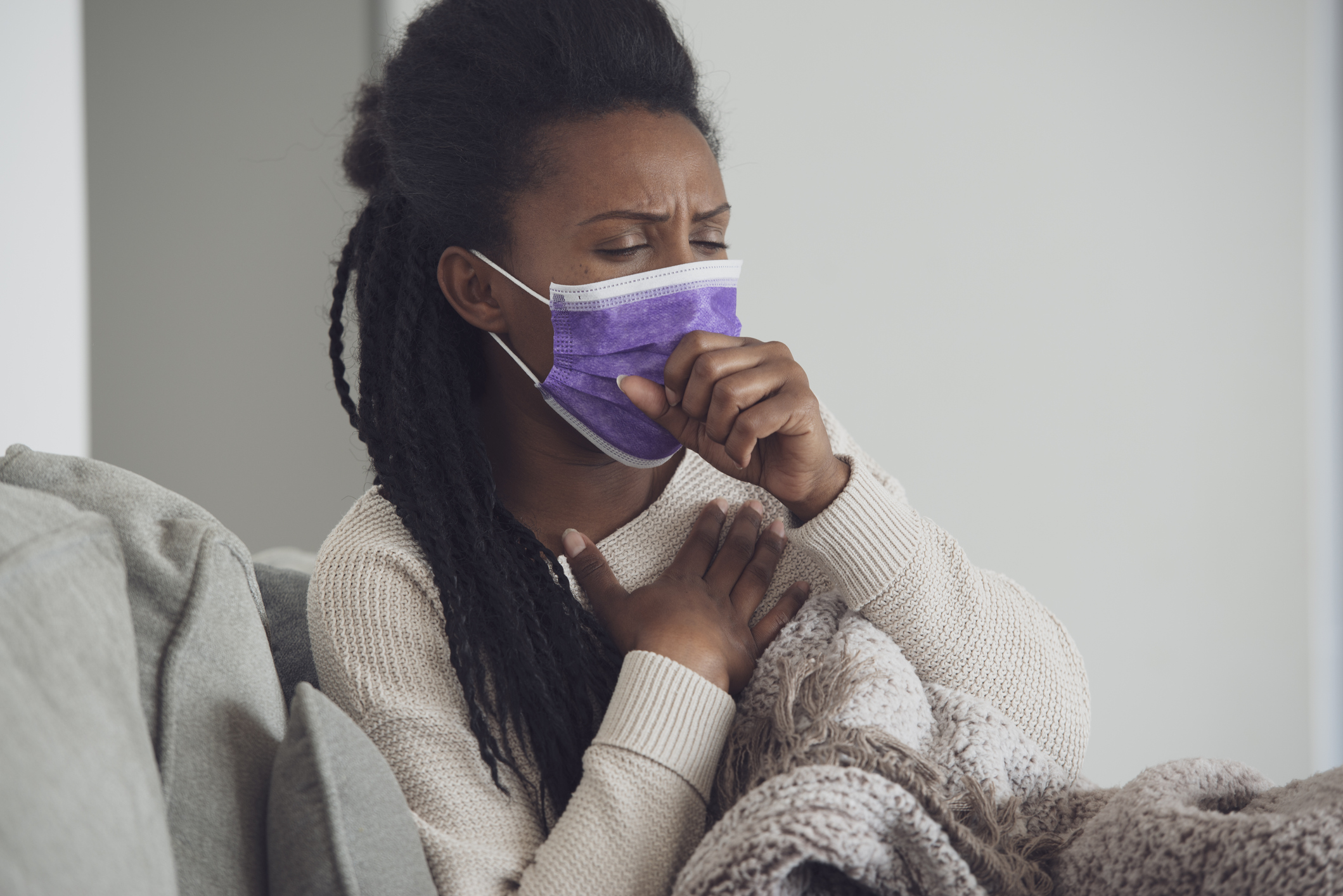 The pandemic has changed the timing of flu season, COVID variants and even allergy season.
The pandemic has changed the timing of flu season, COVID variants and even allergy season.
All of that is a cause for a lot of mucus build-up in your chest and lungs.
One nurse expertly shared what is done in a hospital when a person has a build-up of mucus. In the video you'll find below, she shares how something called "Chest Physiotherapy" (CPT), which helps drain the lungs and mobilize your airflow.
Chest physiotherapy is a group of physical techniques that improve lung function and help you breathe better.
Chest PT, or CPT, expands the lungs, strengthens breathing muscles, and loosens and improves drainage of thick lung secretions.
Chest PT helps treat such diseases as cystic fibrosis and COPD (chronic obstructive pulmonary disease).
It also keeps the lungs clear to prevent pneumonia after surgery and during periods of immobility.

Healthcare providers often use different types of chest physiotherapy together, including:
Chest percussion involves striking the chest wall with cupped hands, often in combination with postural drainage.
Controlled coughing techniques involve coughing gently, making short grunting noises, or making two to three sharp staccato coughs with the mouth slightly open.
Controlled coughing techniques are done with postural drainage and throughout the day.
Deep breathing exercises involve inhaling deeply through the nose and breathing out very slowly through pursed lips.
Incentive spirometry involves inhaling through a tube to raise a ball in a sealed chamber. You will need to keep the ball raised for as long as possible.
Positioning and turning from side to side involves elevating the head of the bed and turning every one to two hours in bed. This promotes drainage of secretions.
Caregivers turn patients who cannot turn themselves.
Postural drainage involves taking positions that allow gravity to help drain secretions.
Postural drainage is often useful with chest percussion and coughing techniques.

Vibration involves placing the hands against the patient's chest. The hands create vibrations by quickly contracting and relaxing.
There are also mechanical CPT vests you can wear for high-frequency vibration. Another name for these vests is Airway Clearance System.
In late 2019, Norbert Weissman of the University of Giessen Lung Center in Germany commented on the increasing development of lung conditions like COPD and emphysema, particularly in the Black community
“It has not been very clear what causes the disease and there has been no therapy to stop or reverse lung destruction in emphysema,” said Weissman. “There have really been no new concepts about therapy in the last 20 years.”
He went on to speculate that lung conditions including chronic bronchitis and emphysema could become the third-greatest cause of death worldwide by the year 2020.
RELATED: More Congested With Mucus at Night? Here's How to Fix It
This, of course, was stated before COVID-19 spread and thousands of people around the world needed ventilators.
Now, with powerful mouse models of COPD, Weissman and colleagues provide evidence that changes to the pulmonary blood vessels and the development of high blood pressure precede the development of emphysema.
Earlier this year, DJ and one half of the legendary rap duo, DJ Jazzy Jeff and the Fresh Prince, Jeff revealed on social media that he himself was feeling symptoms of coronavirus as he recovers from pneumonia.
In his most recent tweet, he complained about feeling ill for several weeks.

The producer told fans on Instagram to take the virus seriously – although he did not say if he was tested for Covid-19 – and revealed he lost his sense of smell and taste, one of the symptoms of the respiratory illness.
Writing on his Instagram story, the DJ said: “Pls say a prayer for all the sick… it’s a lot more than you know!!
“I’m recovering from pneumonia in both my lungs…,” he continues. “I lost my sense of smell and taste which is a main sign of the virus. I would NOT be here if not for my guardian angel of a wife! [sic]”
On March 7 said, he wrote on Twitter: “I’ll be happy when I’m home and I can cough freely…LOL.”
If you're interested in learning more about how to strengthen your lungs, here's a list of breathing exercises you can do.
RELATED: 12 Mucus-Triggering Foods You Should Avoid This Season
There are breathing exercises that, like aerobic exercises, can strengthen the lungs to relieve asthma symptoms or, in some cases, even prevent the recurrence of asthma attacks.
With enough practice and retraining of the lungs, it’s possible that these exercises can also reduce the risk of an asthma attack.









